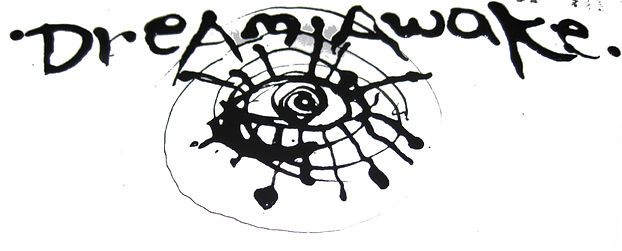




On July 8, 1680, Robert Hooke saw the nodal patterns associated with the modes of vibration of glass plates. Hooke ran a bow along the edge of a glass plate covered with flour, and saw the nodal patterns emerge.
In 1787, Ernst Chladni described the patterns seen by placing sand on metal plates which are made to vibrate by stroking the edge of the plate with a bow.
1960s-1972 Hans Jenny pioneered the use of laboratory grown piezoelectric crystals, which were quite costly at that time. Hooking them up to amplifiers and frequency generators, the crystals functioned as transducers, converting the frequencies into vibrations that were strong enough to set the steel plates into resonance. He made the resultant nodal fields visible by spreading a fine powder lycopodium spores of a club moss, as well as many other methods and materials.

[ ]
[ ]
[ ]
[ ]
[ ]